Have you ever wondered why the British £1 coin has 12 sides? It’s a pretty cool design choice, but there’s actually a lot more to it than just looks. In fact, the decision behind the dodecagon shape (yep, that’s the fancy word for a 12-sided shape!) is all about security, practicality, and tradition.
These 12 Rare Coins Are Extinct, But They’re Now Worth Thousands!
A New Era for Coins: King Charles’ Quid
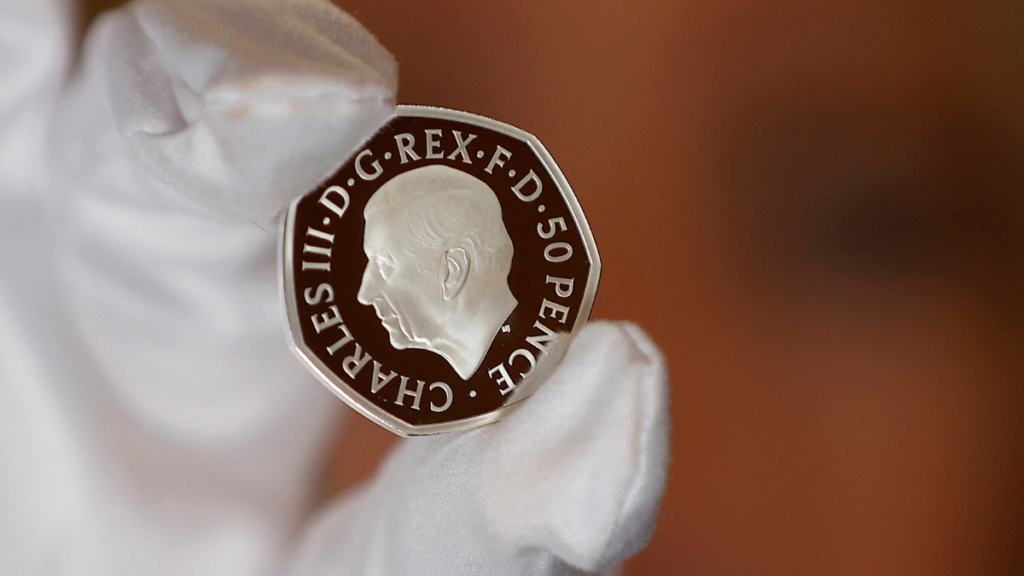
The latest version of the £1 coin, featuring King Charles, recently entered circulation, causing quite a stir across the UK. The Royal Mint, which is responsible for producing all the coins, introduced about three million of these new coins into banks and post offices nationwide.
What’s special about these coins is that they carry King Charles’ love for nature, with bees etched on one side and his royal image on the other. However, the standout feature that remains consistent is its unique shape – the 12-sided edge that we’ve become so familiar with since its introduction in 2017.
The Main Reason: Stopping Counterfeits
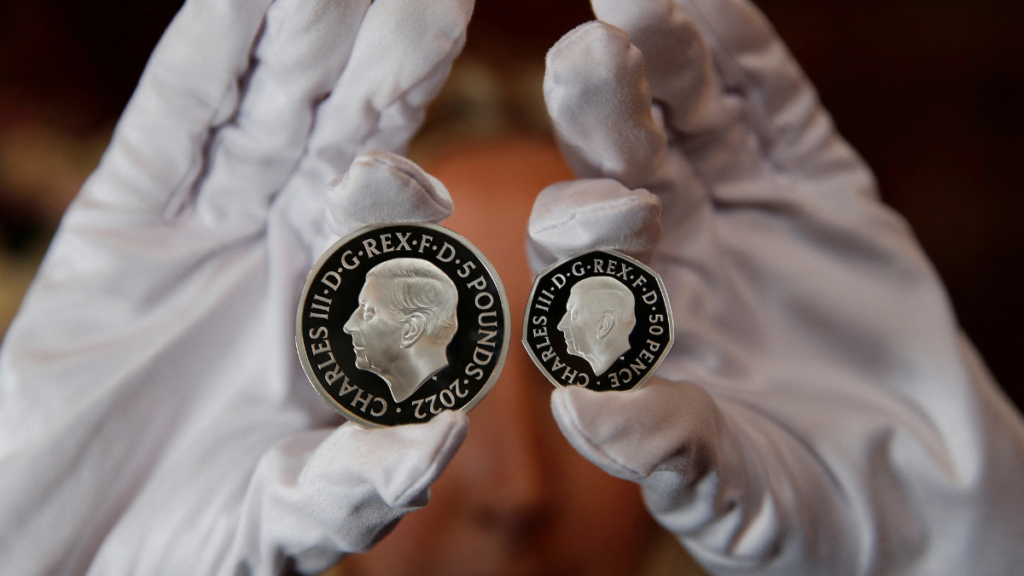
So, why exactly does the £1 coin have 12 sides? The main reason is simple: it helps prevent counterfeiting. Before this new design, one in every 30 £1 coins was a fake! This was costing businesses and taxpayers millions of pounds every year.
To solve this problem, the Royal Mint decided to make the new coin tougher to copy. The 12 sides are just one of the security features – but it’s an important one. Making a 12-sided coin is way harder than producing a round one, which makes it much more difficult for counterfeiters to reproduce.
The Oldest Coin Still in Use Today
The Double Metal Design
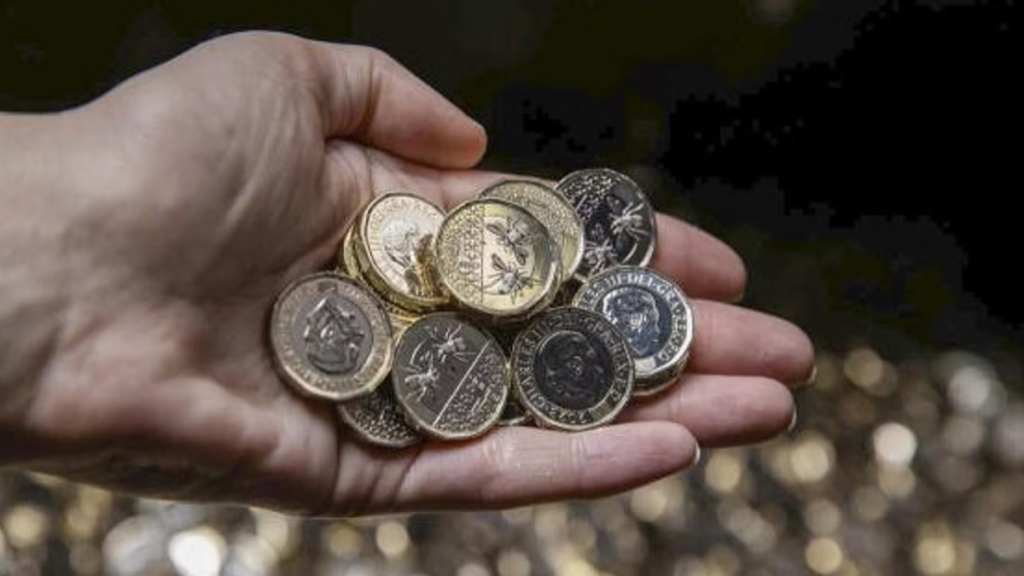
But that’s not all. The £1 coin is also bimetallic, meaning it’s made from two different metals. The outer ring is gold-colored (made from nickel-brass), while the inner ring is silver-colored (made from nickel-plated alloy). This combination makes it even harder to fake, adding an extra layer of security.
Other Cool Features
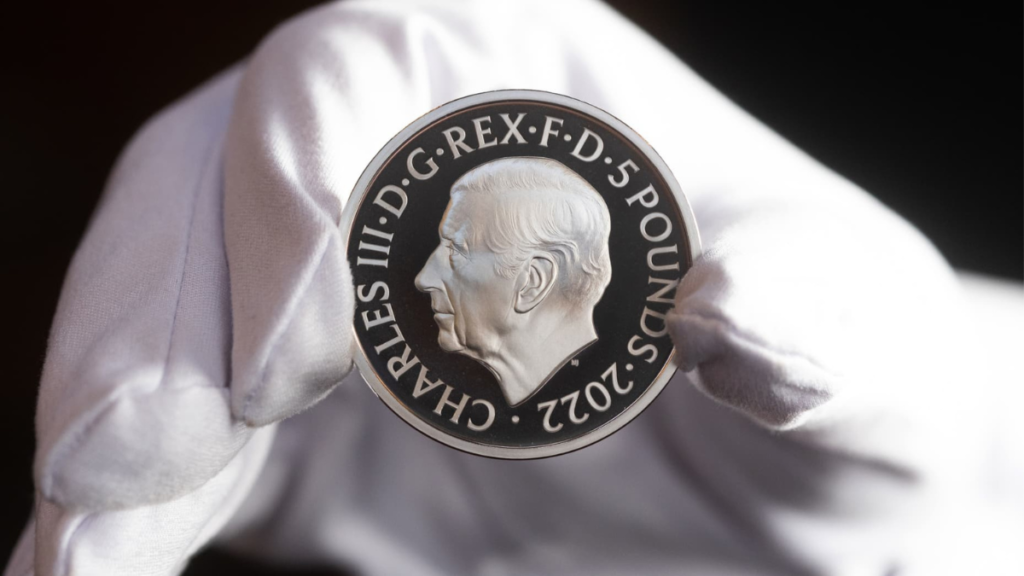
If you look closely, you’ll also notice some tiny details that make this coin special. For instance, it has grooves on alternating sides and very small lettering around the inner edge that shows the coin’s value and the year it was made. There’s even a hologram-like image that switches between a ‘£’ symbol and the number ‘1’ depending on how you look at it!
The Search for $500,000 Coins: These Bicentennial Quarters Could Be a Hidden Goldmine
Not Just for Security
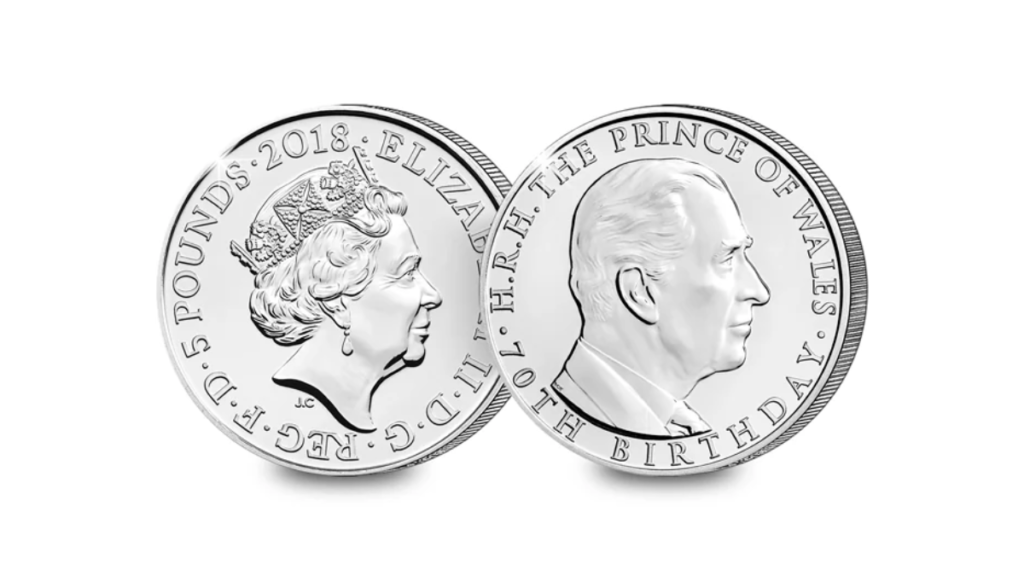
While preventing fakes is the main reason behind the 12-sided design, there are other benefits too. The unique shape makes the coin easier to recognize, even by touch. So, if you’re searching for a £1 coin in your pocket or wallet, it’s much simpler to find thanks to those distinctive edges.
A Blend of Heritage and Innovation
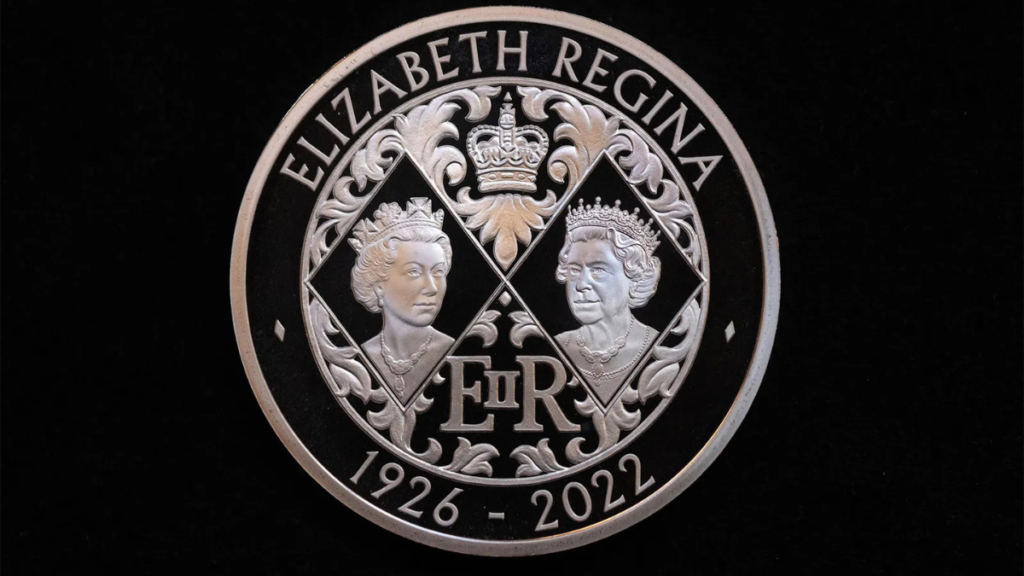
The Royal Mint didn’t just focus on safety when designing this coin. They also wanted the new £1 to reflect the heritage of the United Kingdom and showcase their excellent craftsmanship. It’s not every day that a simple coin can have such a rich story behind it, combining both tradition and cutting-edge security.
You Won’t Believe How These 5-Cent Coins Could Be Worth $30,000!
Wrapping It Up
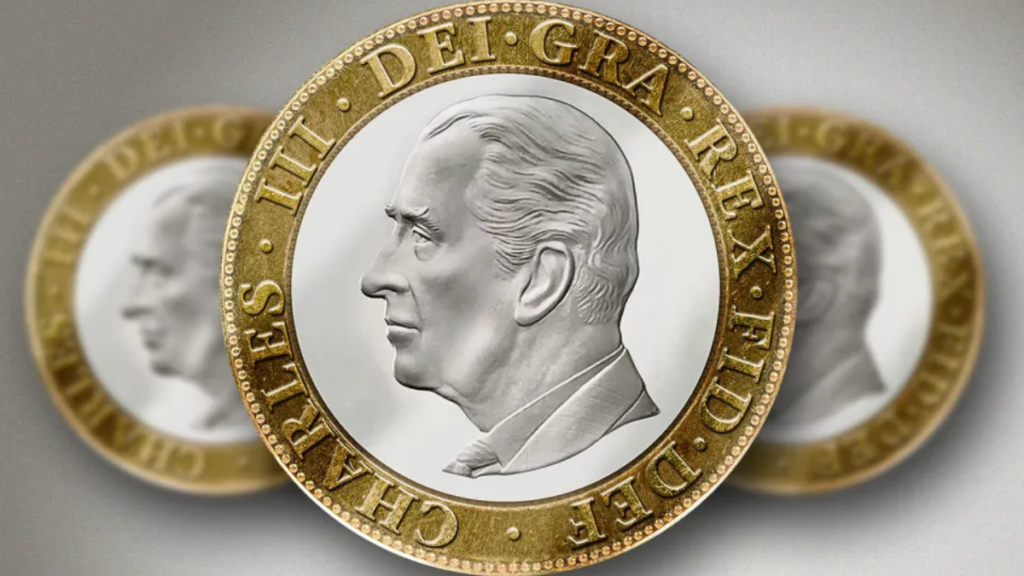
So, next time you’re handling a £1 coin, take a moment to appreciate its thoughtful design. From its 12 sides to its clever anti-counterfeit features, there’s a lot more to this coin than meets the eye. It’s a perfect blend of history, security, and practicality—all in the palm of your hand.

